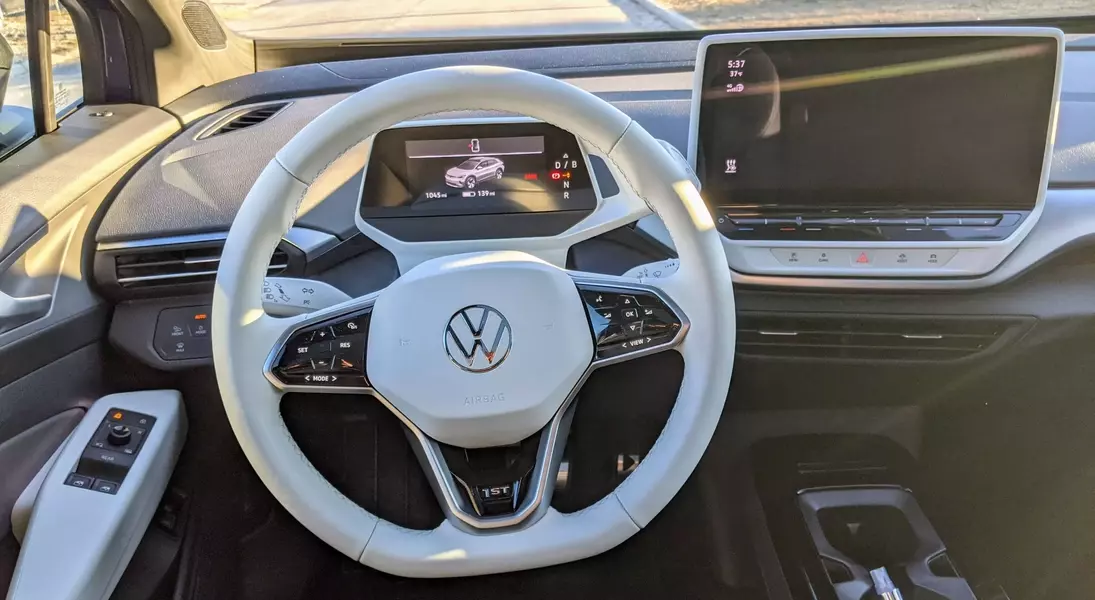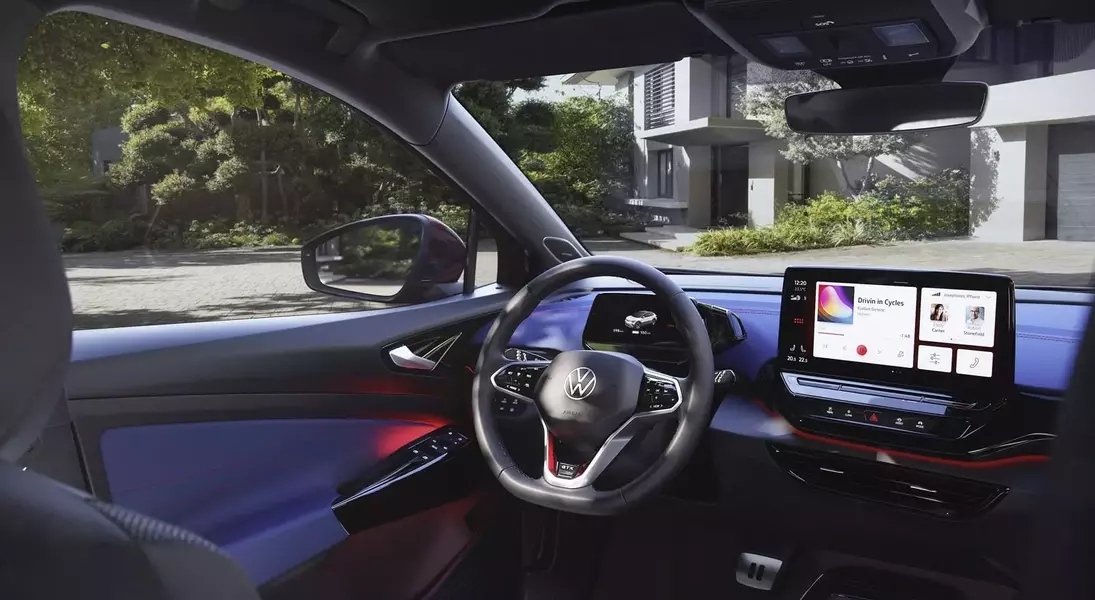





In recent years, the automotive industry has witnessed a significant shift towards integrating touchscreens and haptic feedback systems for fundamental vehicle operations, moving away from conventional physical buttons. While some manufacturers have fully embraced this "glass cockpit" approach, others are reconsidering, with a noticeable trend back towards tactile controls, prompted by user feedback and practical concerns. This evolution in interior design reflects an ongoing debate within the industry regarding the optimal balance between modern aesthetics and functional ergonomics, directly impacting driver interaction and safety.
This technological transition has not been without its challenges, as highlighted by a recent legal action against Volkswagen. The automaker is now defending itself in a class-action lawsuit filed by two Connecticut residents. These individuals assert that their Volkswagen ID.4 vehicles experienced sudden, unintended acceleration, which they attribute to the car's haptic steering wheel controls. They contend that even a slight contact with these touch-sensitive surfaces could inadvertently re-engage the cruise control system to a previously set speed, leading to dangerous situations. Volkswagen, however, refutes these claims, arguing that any instances of unintended acceleration were the result of drivers mistakenly pressing the accelerator pedal, rather than a defect in the haptic controls. The company is actively seeking to dismiss the lawsuit, emphasizing that the plaintiffs have not provided sufficient evidence to substantiate their allegations of a systemic flaw related to the controls.
Amidst this legal dispute, Volkswagen has already publicly acknowledged the drawbacks of its touch-based control systems and has committed to reintroducing more physical buttons in upcoming models, including the ID.4. This strategic reversal underscores a broader recognition within the automotive sector that while technological innovation is crucial, it must not compromise driver safety or usability. The ongoing lawsuit serves as a critical reminder for car manufacturers to meticulously evaluate the safety implications and user experience of advanced control interfaces, reinforcing the importance of intuitive and reliable design in vehicle interiors.
The automotive industry's continuous pursuit of innovation, particularly in interior design and control mechanisms, must always prioritize the driver's safety and intuitive interaction. While technological advancements like haptic controls offer sleek aesthetics, their implementation should be thoroughly vetted for potential unintended consequences. The current situation with Volkswagen and the ID.4 serves as a potent illustration that user-friendliness and unwavering reliability are paramount. Moving forward, the industry has a responsibility to learn from such challenges, ensuring that future designs not only impress with their modernity but also uphold the highest standards of safety and operational integrity, ultimately enhancing the driving experience for all.
